How does a CPAP machine work?
First, it helps to know what “CPAP” stands for: continuous positive airway pressure. The CPAP machine is used for people with sleep apnea, a condition in which airways collapse during sleep, briefly stopping breathing (until the person gasps, gags, or lets loose with an earth-shattering snore) repeatedly throughout the night. People who have it rarely or never reach deep sleep. “A CPAP machine sends a constant flow of air pressure to your throat to ensure that your airway stays open during sleep, effectively treating the spontaneous pauses in breathing associated with sleep apnea. CPAP therapy is the preferred treatment of obstructive sleep apnea,” says Teofilo Lee-Chiong, Jr., MD, a professor at National Jewish Health. (Learn about these signs of sleep apnea that can sneak up on you.)
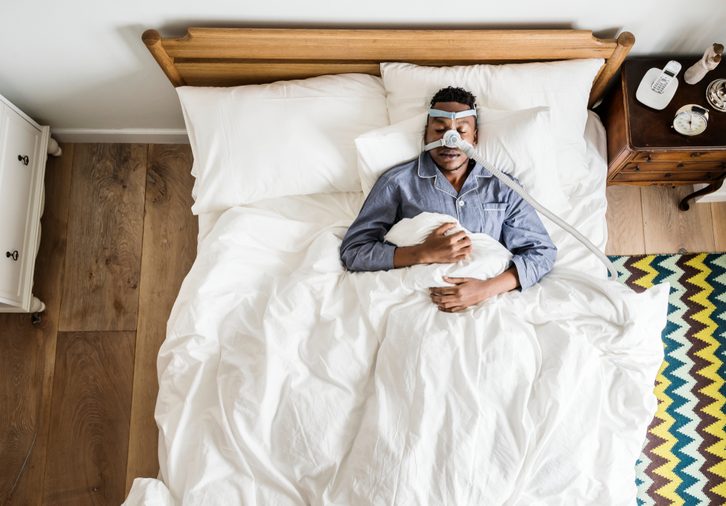
How does a CPAP machine help?
Because sleep apnea disrupts a person’s sleep cycle, it can sap energy and ruin focus, says Dr. Lee-Chiong. It may raise the risk of weight gain, high blood pressure, stroke, and type 2 diabetes. Research presented at the Alzheimer’s Association International Conference in 2017 suggests that sleep apnea may contribute to a greater risk of dementia and buildup of a key marker for Alzheimer’s. That suggests that wearing a CPAP mask may literally save your life. (Check out these common reasons why people snore.)
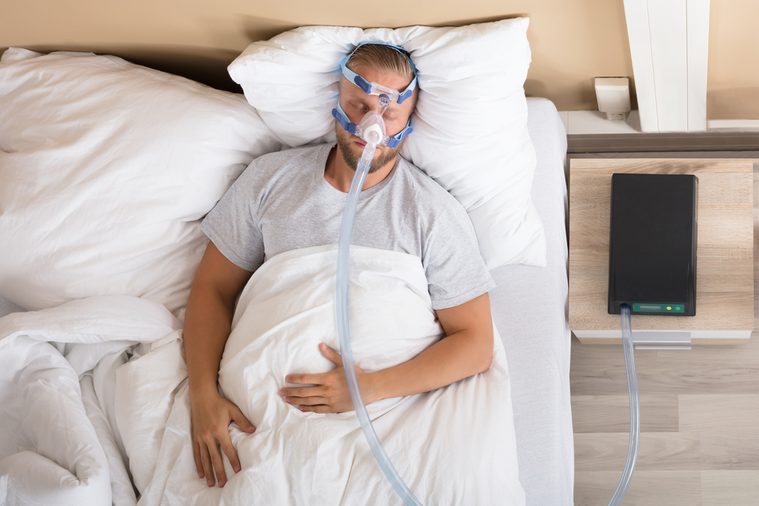
Don’t expect to sleep well on the first night
CPAP machines have come a long way—older models looked more like a Halloween mask than a medical device. Still, wearing an air tube apparatus on your face can be uncomfortable and annoying the first few nights. “I was a little worried that I was going to feel like the CPAP was suffocating me,” recalls Julie Bane, a CPAP user from Minnesota. “I had to relax and try to meditate to get through it initially.” You may also want to try some of these sleep tips to help you get through the night.
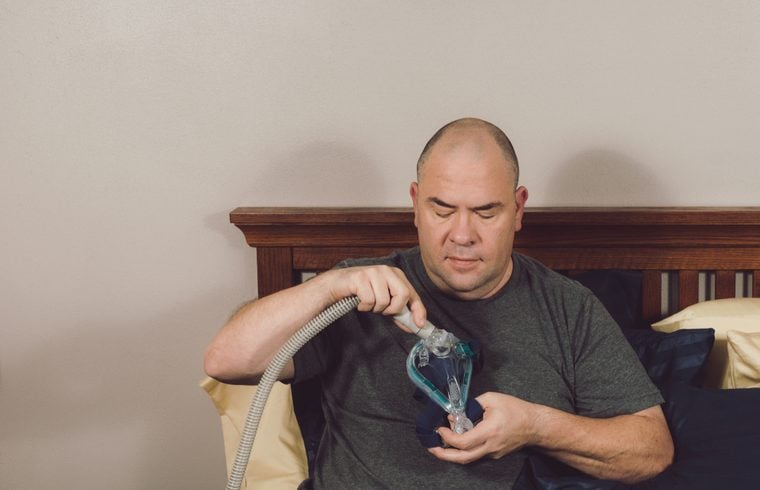
You’ll have to make adjustments
Some sleep apnea patients adjust to the CPAP machine right away because they’re finally able to get a restful night’s sleep. Other patients may need a few months, says Jennifer Ann Mueller, a registered respiratory therapist for Hart Medical in Michigan. She sets intermediate goals for her patients: They start by trying to wear the mask for at least four hours a night the first 30 days. She also encourages new CPAP users to wear the machine during the day—while watching TV or reading, for example—to help them become accustomed to it. (Read about these 16 things sleep doctors wish you knew about snoring.)
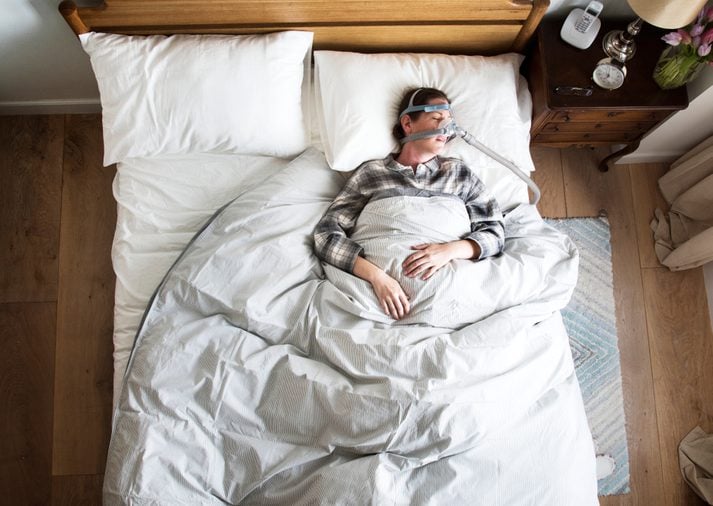
Getting the right fit may take time
Work with your doctor to find a CPAP machine and mask that is comfortable; if the first mask bothers you, schedule a fitting and explore other options. “Newer CPAP mask designs include cushion options for additional comfort and open-face masks that allow for freedom of movement and the ability to comfortably wear glasses, read, or watch TV,” says Dr. Lee-Chiong. For Chuck Casto, a Massachusetts resident, a CPAP mask that only covered his nose was the best option. “The idea of sleeping with something affixed to your face is daunting, to say the very least. But only over my nose, psychologically, was easier to adjust to. At least that’s how it worked for me,” he says. (Know the 13 signs your sleep apnea could be killing you.)
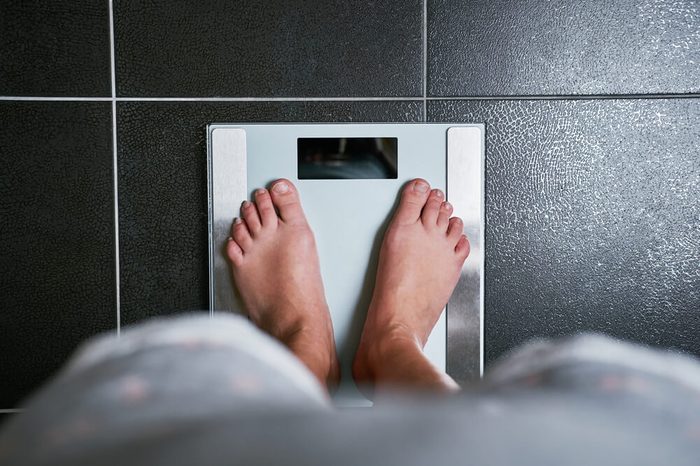
CPAP masks are always changing
The CPAP mask you use today may not be the same one you use next year. CPAP machines and masks are continually evolving using new designs and materials. “Patients using masks should make it a habit to learn about and try out new masks,” Dr. Lee-Chiong recommends. “The best mask for a patient a year ago is not necessarily the best mask for her today. Your mask needs may evolve over time—changes in weight, skin, and patient preference should prompt a re-evaluation of mask choices,” he advises. (Find out 13 secrets to better sleep that doctors want you to know.)
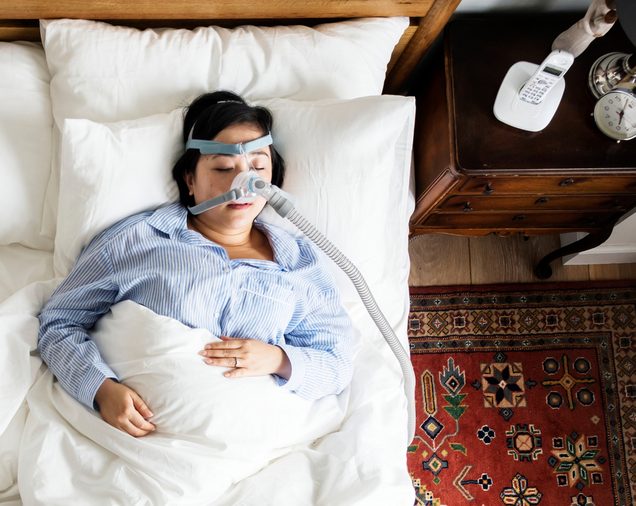
Acclimating to forced air isn’t easy
Each patient will get a set CPAP pressure, and his or her doctor will determine it from the patient’s sleep-study data. That said, adjusting to air being forced into your nose air is tricky. “The temptation is to want to over-breathe so that you don’t feel like you’re being smothered,” CPAP user Julie Bane recalls. Thankfully, the machines have a feature that slowly ramps up the pressure, says Mueller. “For example, a set ramp-up of 20 minutes allows the patient to fall asleep before they receive their prescribed pressure, and it’s not so overwhelming.”
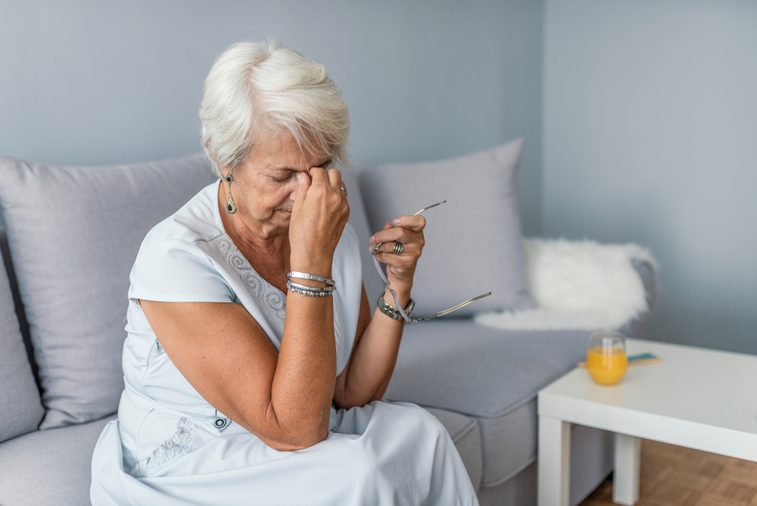
Issues to watch for
Some CPAP machine users may wake with the occasional dry mouth or a runny nose; in some cases, people experience sinus congestion or a bloody nose. You may need to adjust the humidification settings of your machine. If you sleep in a cool room, you may want to ask for a machine that warms the air. An ill-fitting mask can lead to dry eyes. Whatever the drawbacks may be, keep tinkering with the fit and the settings until you find a situation that works for you. Another reason to be persistent: CPAP machines can come with monitoring features that send data to your insurance company. “If the insurance [company] doesn’t see the patient using and benefiting from the therapy, they will not pay for it,” Mueller warns. (Find out if any of these other sleep disorders could be robbing you of your z’s.)
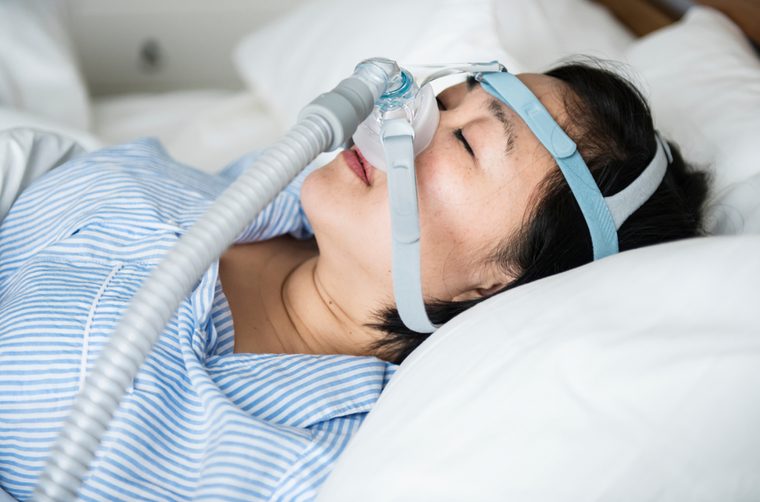
You have to keep the CPAP machine clean
The machine draws in air from your room and pumps it through the hose and into your mask. That means it can pick up bacteria. Rinse the apparatus daily, manufacturers recommend, and give it a full bath with mild soap or a vinegar solution weekly. Empty the humidifier water daily, and replace the machine’s air filter as instructed. (Explore these 10 home remedies for sleep apnea.)
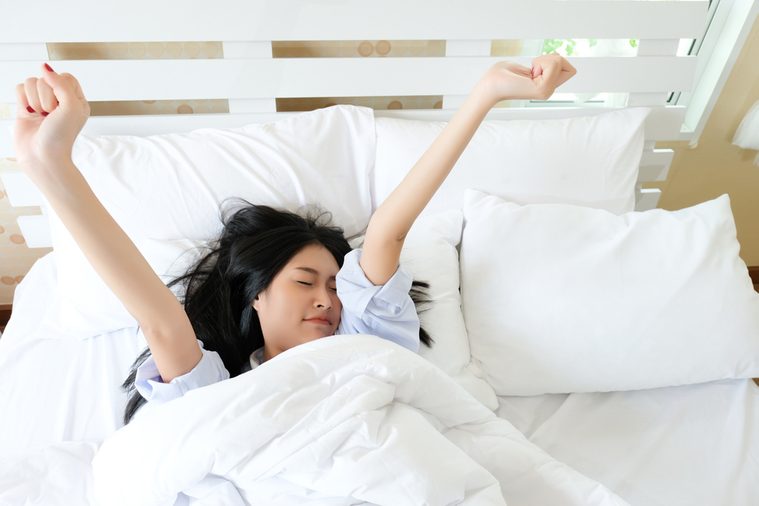
You may just get a new lease on life
If you’re discouraged and need motivation to keep using your CPAP machine, consider how Casto and Bane feel about their treatment: “My heart, my physical well-being, and my mental abilities are all firing at optimal levels, allowing me to literally enjoy every minute of life,” says Casto. Bane loves her CPAP machine so much, she sometimes puts the mask on because it’s actually calming for her. Of course, it has helped her in other ways. “If I don’t use it, I wake up with headaches and I feel really foggy and irritable the next day,” Bane says. Check out the great things that can happen when you get a CPAP machine.
